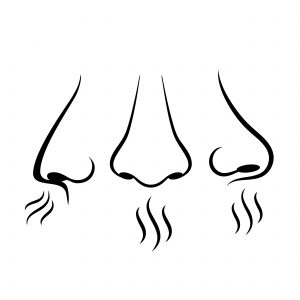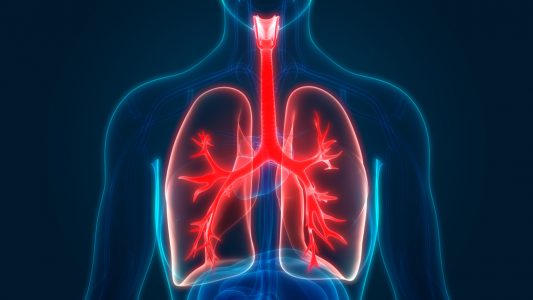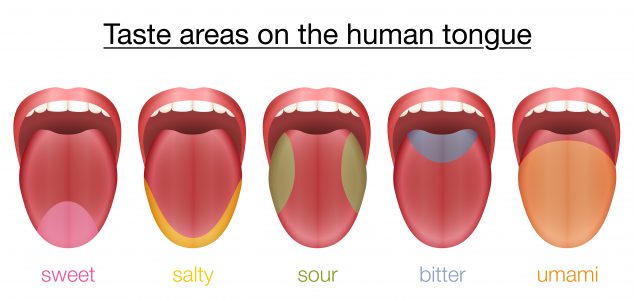Tobacco Use: Know the Facts
Updated January 24th, 2024
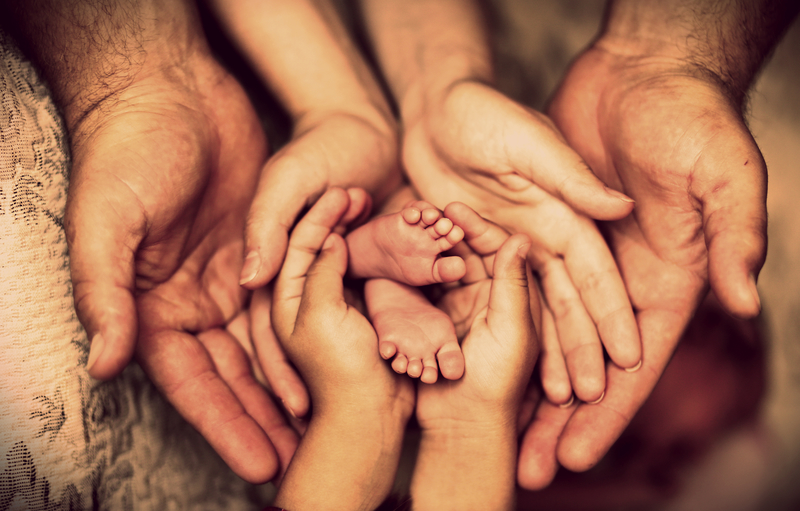
Many people smoke tobacco for many different reasons. Pregnancy is often a time when families consider their lifestyle choices. If you smoke you might be wondering how it can affect the health of your pregnancy, breastfeeding and your children.
Tobacco and Fertility
Smoking tobacco by either partner can make it more difficult to get pregnant. Men who smoke can have a lower sperm count and can have difficulty getting and maintaining an erection.
Tobacco and Pregnancy
When you are pregnant your unborn baby is connected to you by your placenta. Your placenta sends what you eat, drink and breathe to your unborn growing baby.
When you smoke cigarettes or breathe in second hand smoke during pregnancy, the nicotine, carbon monoxide and tar are passed onto your baby. This can:
- Cause harm to your placenta. Your baby will get less food and oxygen than she should.
- Cause babies to weigh less at birth. This makes them more susceptible to infections and other health problems.
- Reduce blood flow which affects your unborn baby’s heart, lungs, digestive system and brain.
- Increase your risk of miscarriage or stillbirth.
- Increase the risk of your baby being born prematurely (early).
- Increase the risk for Sudden Infant Death Syndrome (SIDS).
Safety tips:
- Stopping smoking and avoiding secondhand smoke is safest choice for you and your unborn baby.
- If you choose to smoke despite the risks, smoke as little as possible.
- The best time to quit smoking is before you get pregnant.
- If you quit within the first four months of your pregnancy you can lower the risks of health problems for your baby.
- Even if you quit at the end of your pregnancy, it still helps you and your baby.
- For support with quitting or cutting down visit Smoker’s helpline, Tobacco Has No Place Here, NUQUITS and/or talk to your health care provider or public health nurse.
Tobacco and Breastfeeding
The healthiest choice for your baby is to breastfeed and for you to avoid tobacco use. If you can’t stop or cut down, breastfeeding is still recommended. Breastmilk gives your baby immunities to help fight illness. It can also help lessen some of the negative effects of tobacco on your baby.
- If you choose to smoke while breastfeeding follow this tips to help protect your baby:
- Try to cut down. For support with quitting or cutting down visit Smoker’s helpline and/or talk to your health care provider or public health nurse.
- Don’t smoke right before or during breastfeeding. This way there won’t be as much nicotine in your milk and your baby won’t be exposed to secondhand smoke.
- Wait as long as possible between smoking and breastfeeding.
- Keep your home smoke free. Smoke outside, away from your baby and other children. Don’t allow anyone else to smoke near your baby.
- Protect your baby from thirdhand smoke. Wash your hands and change your clothes after you smoke and before you hold your baby.
Tobacco and Parenting
Parents who smoke cigarettes need to be aware of the risks to their children. These include:
Thirdhand Smoke:
- Thirdhand smoke is the remaining nicotine and other chemicals left on indoor surfaces by tobacco smoke. Thirdhand smoke clings to your clothes, furniture, drapes, walls, bedding, carpet, dust, vehicles and other surfaces long after smoking has stopped.
- Children and non-smoking people can be at risk for health related problems when they inhale, swallow or touch surfaces containing thirdhand smoke. Infants and young children are more at risk because they like to touch and put things in their mouth to learn about their world.
Fires and Burns
- Children can get a burn from:
- Butt’s that have been tossed
- A lit cigarette
- From playing with lighters and matches
- Be sure to store all smoking gear (lighter, matches) out of reach from children.
- Every year there are smoking related house fires. To prevent fires:
- Don’t smoke in bed or if you are feeling drowsy.
- Install smoke alarms outside all sleeping areas and on each level of your home. Test them monthly by pressing and holding the test button.
- Make sure you have a fire extinguisher and know how to use it.
Creating Smoke Free Spaces:
- Make your house and vehicles smoke free.
- Know the law-it is illegal to smoke in your vehicle with children under the age of 16 present.
- Click here for more tips from Health Canada on making your house and vehicle smoke free.
- Smoke outside – either take your child outside with you or plan to have someone watch them while you go out for a smoke (a neighbour, a partner, a child who is over 11).
Cutting Down and Quitting
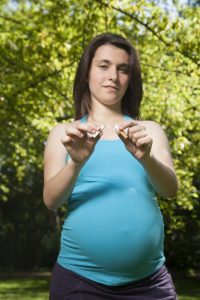 Quitting smoking is the single most important thing you can do to improve your health and your family’s health.
Quitting smoking is the single most important thing you can do to improve your health and your family’s health.
- If you cannot quit, start by cutting down.
- Fight cravings with deep breathing, a breath mint or nicotine gum.
If you use cigarettes to cope with stress, anxiety depression or other mental health symptoms, the best choice is to seek other supports.
For help and more information, visit:
- Quit Smoking with your Manitoba Pharmacist – a new program that offers eligible people assessment and counselling and a subsidy for tobacco cessation products.
- Smoker’s helpline, Tobacco Has No Place Here, NUQUITS and/or talk to your health care provider or public health nurse.
- If you do not have a health care provider, Family Doctor Finder can help.
- Also see our information on Well-Being and Mental Health.
The Benefits of Quitting
| 20 minutes after quitting | After 8 hours | After 24 hours | After 48 Hours |
|---|---|---|---|
| Your blood pressure and pulse return to normal.
|
You can breath easier and your oxygen levels return to normal.
|
Your lungs start to clear out the mucus.
|
Your sense of taste and smell start to come back.
|
| After 1 Year | After 10 years | ||
Your risk of having a heart attack is cut in half. |
Your risk of dying from lung cancer is cut in half.
|

